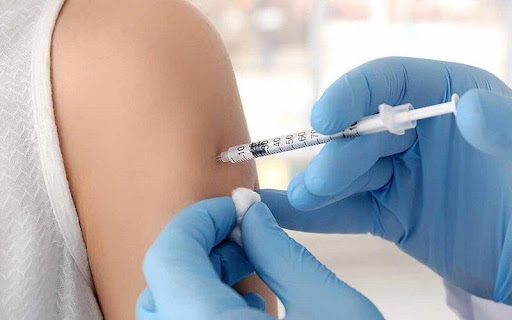Ceftriaxone is a beta-lactam cephalosporin antibiotic with strong broad-spectrum antimicrobial abilities and should be used in the treatment of severe bacterial infections. This drug works by stopping the growth of bacteria so it is used to treat bacterial infections.
Ceftriaxone is a new third-generation Cephalosporin that has excellent activity against many gram-negative bacteria and reasonable activity against most gram-positive microorganisms. Clinical studies have proven its effectiveness and safety in patients with bacterial meningitis; infections of the respiratory, urinary, soft tissues, bones and joints; and gonorrhea. Ceftriaxone is well tolerated with the exception of diarrhea, which in most cases does not require a change in therapy. Due to its documented effectiveness, safety, and convenient dosing schedule, Ceftriaxone may become the preferred third-generation cephalosporin for the treatment of a wide variety of serious infections.
Ceftriaxone with a long half-life should be recommended once daily. The drug is administered intravenously or intramuscularly and has a wide spectrum of action against Gram-positive and Gram-negative aerobic bacteria, and some anaerobic bacteria. Ceftriaxone activity is generally greater than that of "first-generation" and "second-generation" cephalosporins for Gram-negative bacteria, but inferior to that of previous-generation cephalosporins for many Gram-positive bacteria. Although Ceftriaxone has some activity against Pseudomonas aeruginosa, it is not the only antibiotic therapy in pseudomonas infections. Ceftriaxone has been effective in treating infections caused by other "difficult" organisms such as multidrug-resistant Enterobacteriaceae. Ceftriaxone is effective in complex and uncomplicated urinary tract infections, lower respiratory tract infections, skin, soft tissue, bone and joint infections, sepsis/sepsis, and meningitis in children caused by susceptible organisms.

In most of these types of infections, daily disadministration is effective. A single intramuscular dose of Ceftriaxone has been compared to standard therapy for gonorrhea due to non-penicillinase and penicillinase-producing Neisseria gonorrhoeae strains and has been shown to be highly effective. Some significant differences in response rates were found between treatment groups in these comparative studies, but larger, well-designed studies are needed to more clearly evaluate the comparative efficacy of ceftriaxone and other antimicrobials, especially aminoglycosides and other 'third generation' cephalosporins, and for clear confirmation there are no serious side effects with ceftriaxone.
What side effects will you experience when taking ceftriaxone?
You should seek medical attention immediately if you have any signs of an allergic reaction: rash, shortness of breath, swelling of the face, lips, tongue or throat. Call your doctor right away if you have serious side effects such as:
- Watery or bloody diarrhea, urinating less than usual or not being able to walk
- Fever, chills, rash, itching, joint pain, pale or yellow skin
- White spots, sores in the mouth or on the lips
- Abnormal bleeding (nose, mouth, vagina or rectum, purple or red burning under the skin)
- Skin rash, bruising, severe itching, numbness, pain, muscle weakness
- Seizures, swelling, pain, or irritation of the injection site
- Stomach pain only after eating a meal, nausea, heartburn, flatulence
Less serious side effects include: pain, irritation or hard lumps at the injection site, stomach pain, nausea, vomiting, headache, dizziness, swelling, itchy tongue, itching or discomfort in the vaginal area.
Source: https://pubmed.ncbi.nlm.nih.gov/3910386/
Richards DM, Heel RC, Brogden RN, Speight TM, Avery GS. Ceftriaxone. A review of its antibacterial activity, pharmacological properties and therapeutic use. Drugs. 1984 Jun;27(6):469-527. DOI: 10.2165/00003495-198427060-00001. PMID: 6329638.
See more product information here.